May 31, 2025 | 09:03 GMT +7
May 31, 2025 | 09:03 GMT +7
Hotline: 0913.378.918
May 31, 2025 | 09:03 GMT +7
Hotline: 0913.378.918
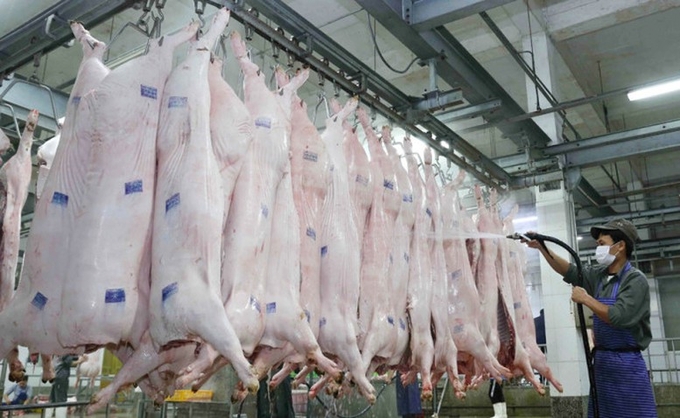
It is necessary to change the way slaughterhouses are classified.
Mrs. Dinh Thi Phuong Khanh, Deputy Director of the Department of Agriculture and Rural Development of Long An Province, said that currently in the province, many slaughterhouses have been built for many years, according to old technical standards, mainly manual slaughter, so upgrading, repairing, improving food safety conditions, and instructing semi-industrial or industrial slaughter that is difficult and requires large investment.
At the Animal Slaughtering Control Conference, Commenting on the draft Circular amending and supplementing regulations on slaughter control and veterinary biological inspection of the Ministry of Agriculture and Rural Development held on June 26, the representative of Thanh Hoa Department of Agriculture and Rural Development said: Currently, the management system Veterinary management at district and social levels in the province is still small. Especially at commune-level veterinary medicine, there are many localities whose responsibilities are not properly professional, with low salaries. Meanwhile, the area is large, and the number of small slaughterhouses is still very large (1,400 establishments), so the control work is very difficult.
Mrs. Le Dinh Ha Thanh, deputy head of the Department of Veterinary Medicine and Animal Husbandry in Ho Chi Minh City, said that the city is currently the country's largest consumer of animal products. The city consumes about 120 buffaloes and cows, 125,000 poultry, and 10,000 pigs daily. About 10-15% of animals raised in the city are supplied to the market for use, and the rest are animals and animal products from the provinces brought to the city for killing, trading, and consumption. Infiniti.
Industrial poultry slaughterhouses in Ho Chi Minh City operate at an average of about 50% of design capacity. These units are still actively looking for more partners to cooperate in increased slaughter to ensure slaughter capacity reaches 80 - 100% as directed.
Meanwhile, a representative of the Department of Agriculture and Rural Development of An Giang Province said that royal and poultry slaughtering is a sensitive and spiritual profession, so it is difficult to attract investment and the difficulty of mobilizing capital to build a slaughterhouse. The application procedures to build a slaughterhouse are complicated (mainly in land and environment), incurring many additional costs, so some private investors are tempted to give up.
According to Veterinary Medicine (Ministry of Agriculture and Rural Development), up to now, 14 provinces in the country have not organized Control and Control at small establishments. In particular, there are 7 provinces: Dien Bien, Ninh Binh, Son La, Yen Bai, Bac Kan, Cao Bang and Quang Ngai that do not have centralized slaughterhouses, nor do they have veterinarians to carry out slaughtering control at small establishments not performing the task of controlling and killing animals according to regulations. The Director of the Department of Animal Health assessed that this is a system of irresponsibility in leadership and an act of disregard for the law by those mentioned above provincial and city governments.
Mr. Nguyen Van Long, Director of the Department of Medicine, stated the fact: "In 2023 and the first 5 months of 2024, the Inspectorate of the Department of Agriculture and Rural Development, the Department of Animal Husbandry and Veterinary Medicine of the provinces will develop the work of inspection, examination and supervision. Supervise and coordinate functional forces to inspect veterinary hygiene, food safety control, and detect 45 violating tasks, fined VND 445,425,000."
Typically, in 2023, the Department of Animal Health said it took 60 samples to wipe pig carcasses to check for Salmonella and Enterobacteriaceae infections. The results showed that 12 samples were contaminated with Salmonella (20%) and 13 with Enterobacteriaceae (21.67%).
At the same time, among 40 chicken neck skin samples taken to analyze Salmonella bacteria, 1 sample was contaminated with bacteria (2.5%). For 20 water samples used to test for E. coli infection, 1 sample was contaminated with bacteria (5%).
According to Mr. Nguyen Thanh Son, Chairman of the Vietnam Poultry Association, if you want to control slaughtering well, you must change your management approach. For provinces and large cities such as Hanoi, Ho Chi Minh City, Hai Phong... there needs to be a different management approach than for provinces in remote areas.
On that side, according to Mr. Son, there is a need for major support policies so that industrial livestock slaughterhouses can operate effectively. At the same time, promote more propaganda to make people aware and not use products from obvious slaughterhouses.
Mrs. Dinh Thi Phuong Khanh, Deputy Director of the Department of Agriculture and Rural Development of Long An province, said that the whole province has 45 slaughterhouse facilities built, maintained, and controlled by the veterinary agency for many years.
The current average number of slaughters in the whole province per day and night is about 221 buffaloes and cows; 5,300 pigs and 67,500 poultry. Over 85% of fresh animal products after slaughter are transported to provinces, mainly to Ho Chi Minh City for consumption.
To serve that number of daily slaughterhouses, slaughterhouses must import livestock and poultry from outside the province at a rate of about 70% of cattle, 80% of pigs, and 65% of poultry compared to slaughter needs, mainly from the Southeast provinces.
Through classification, in general in Long An province, small slaughterhouses still account for the majority (73.3%) and the main slaughtering method is still manual/improved manual slaughter (62.3%).
Deputy Minister of Agriculture and Rural Development Phung Duc Tien highly appreciated the management of animal slaughter in Long An province. This is the locality responsible for providing livestock products to large markets such as Ho Chi Minh City and the Southeast provinces.
Translated by Huong Giang
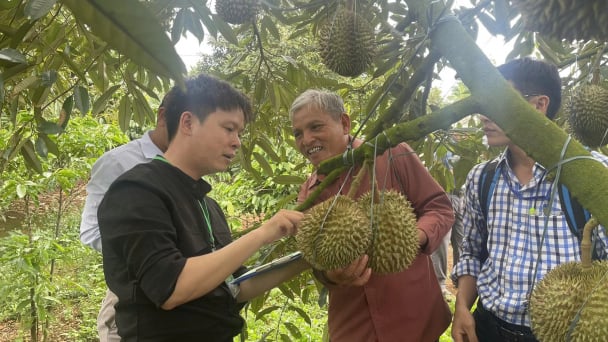
(VAN) For the durian industry to succeed, the value chain must fulfill its commitments to the government, the community, and international partners.
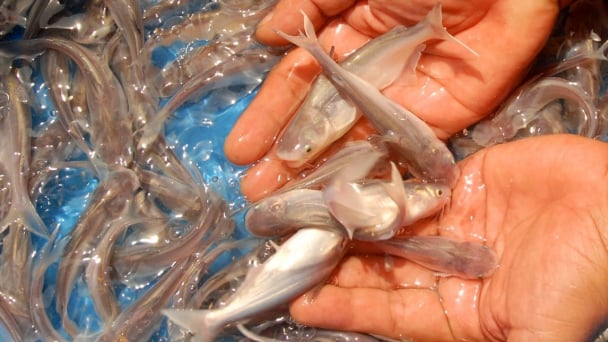
(VAN) Vaccinating juvenile pangasius helps reduce disease, antibiotic use, and farming costs, increasing profits for export-oriented farmers in An Giang.

(VAN) Due to a limited supply of workforce and competitive recruitment requirements, businesses struggle to retain talented veterinary human resources.
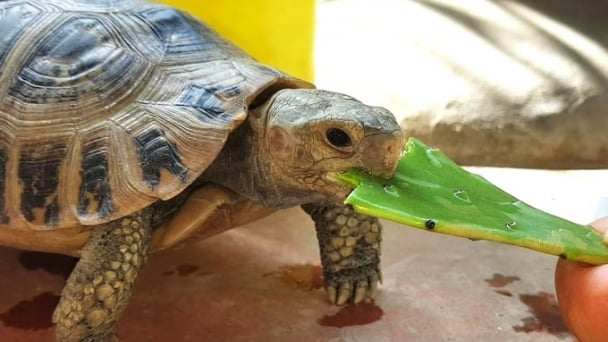
(VAN) WOAH’s guidance aims to mitigate disease risks through a One Health approach that balances economic, conservation, and public health interests.

(VAN) Ms. Nguyen Thi Dung, Deputy Director of Ngoc Hoang Cooperative, shared about the journey of bringing dragon fruit to Europe, achieving annual revenues in the billions of VND.
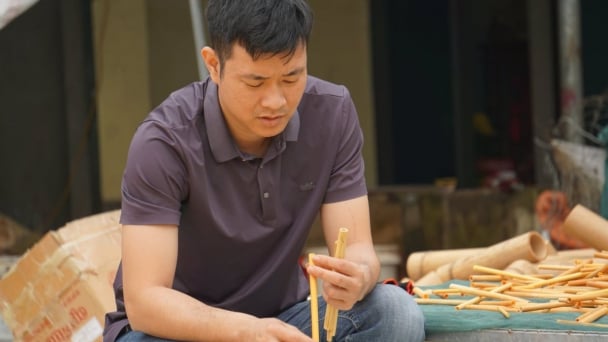
(VAN) Bamboo products from Thang Tho Bamboo Cooperative have reached many countries around the world, while also creating jobs for local workers.
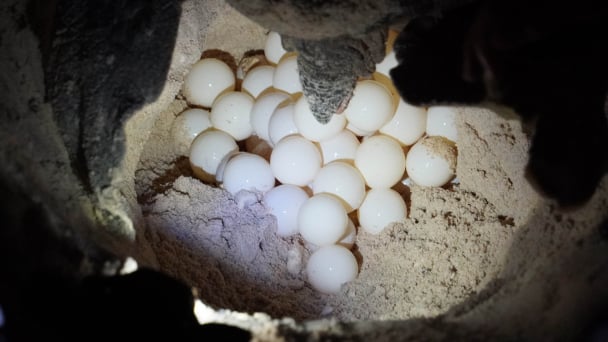
(VAN) The Management Board of Con Dao National Park reported that a green sea turtle, tagged in the Philippines, has traveled thousands of kilometers to lay 84 eggs on Bay Canh Islet.